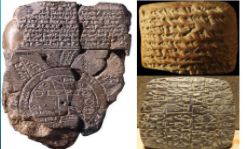REFLECTION
I’ve
learned many things about codes and conventions in media. The Philippines uses
enthused postcards as media by means of highlighting different beautiful and
spectacular sights in our country. Some of these are the Caramoan Islands in
Bicol, Chocolate Hills in Bohol, Banaue Rice Terraces etc.,. These postcards
includes quotes and good saying about the country. In general, our country is
picturize as a natural and beautiful country in most postcards.
If
I were given the chance to create a postcard of a particular place or
organization. I will collect pictures as my symbolic code that will concretely
show the different cultures and traditions of our country. With the use of hi-tech
graphic application software and beautiful sceneries that is only here in the
Philippines will serve as my technical and symbolic codes respectively. Through
the use of codes I can deliver the important and good information about our
country.
Conventions
are the generally accepted ways of doing something. There are general
conventions in any medium, such as the use of interviewee quotes in a print
article, but conventions are also genre specific. Codes and conventions are
used together in any study of genre – it is not enough to discuss a technical
code used such as camera work, without saying how it is conventionally used in
a genre. Working all in all together makes the information more informative
I’ve
realized that there are many way to make information more informative. That is
with the use of technical and symbolic information. These give the text meaning and determine the
response of the viewer. They can be used as a basis for simple text
analysis.



